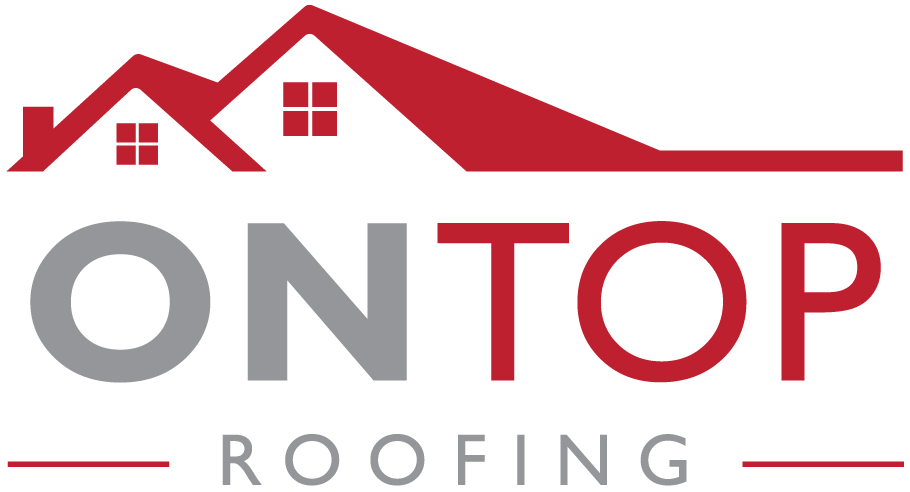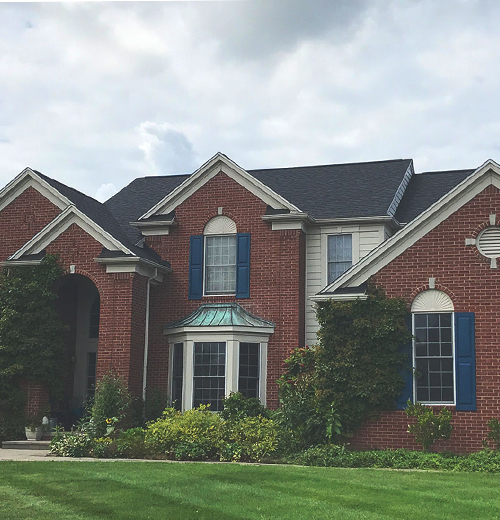In recent years, there has been a growing interest in sustainable building practices and environmentally friendly home improvements. As homeowners become more aware of the impact their homes have on the environment, they are seeking ways to reduce their carbon footprint and create more eco-friendly living spaces. One area of focus in this movement towards sustainability is roofing. Green roofing solutions offer homeowners the opportunity to not only reduce their environmental impact but also improve energy efficiency, enhance air quality, and increase property value. In this article, we’ll explore some of the sustainable roofing options available and their benefits for homeowners.
- Vegetative (Green) Roofs: Vegetative or green roofs are becoming increasingly popular as a sustainable roofing solution. These roofs feature a layer of vegetation, such as grasses, plants, or even trees, planted on top of a waterproof membrane. Green roofs offer numerous environmental benefits, including:
- Improved Stormwater Management: Vegetative roofs absorb rainwater, reducing runoff and alleviating pressure on stormwater systems. This helps to prevent flooding, erosion, and pollution of waterways.
- Enhanced Insulation: The layer of vegetation provides additional insulation, reducing heat transfer into the building during hot weather and retaining heat in colder months. This can lead to significant energy savings on heating and cooling costs.
- Air Quality Improvement: Green roofs act as natural air filters, capturing airborne pollutants and particulate matter and releasing oxygen into the atmosphere. This can help improve air quality and create a healthier living environment.
- Biodiversity Support: Vegetative roofs provide habitat for birds, insects, and other wildlife, contributing to urban biodiversity and ecological resilience. While green roofs require careful planning, design, and maintenance, they offer numerous environmental and aesthetic benefits for homeowners committed to sustainability.
- Cool Roofs: Cool roofs are designed to reflect more sunlight and absorb less heat than traditional roofing materials, reducing the amount of heat transferred into the building and lowering cooling costs. Cool roofing materials come in various forms, including:
- Reflective Roof Coatings: These coatings are applied to existing roofing materials to enhance their reflective properties and reduce solar heat gain.
- Light-Colored Roofing Materials: Light-colored roofing materials, such as white membranes or metal roofs, naturally reflect more sunlight and heat than darker materials, keeping the building cooler.
- Solar Reflective Shingles: Some manufacturers offer asphalt shingles with solar-reflective granules that help reduce heat absorption and improve energy efficiency. Cool roofs can help mitigate the urban heat island effect, reduce energy consumption, and lower greenhouse gas emissions associated with air conditioning. Additionally, they can prolong the lifespan of the roof by reducing thermal stress and UV exposure.
- Recycled and Sustainable Roofing Materials: Another sustainable roofing option is the use of recycled or eco-friendly roofing materials. These materials are made from renewable resources or recycled content and offer several environmental benefits, including:
- Reduced Resource Consumption: Using recycled or sustainable materials reduces the demand for virgin resources and minimizes the environmental impact of roof construction.
- Energy Savings: Some eco-friendly roofing materials, such as metal roofs or clay tiles, have excellent durability and longevity, reducing the need for frequent replacements and conserving energy.
- Improved Indoor Air Quality: Many eco-friendly roofing materials are low in volatile organic compounds (VOCs) and other harmful chemicals, contributing to better indoor air quality and occupant health. Common recycled and sustainable roofing materials include recycled metal, clay or concrete tiles, wood shakes or shingles sourced from certified sustainable forests, and composite shingles made from recycled plastics or rubber.
In conclusion, green roofing solutions offer homeowners a variety of sustainable options to reduce their environmental impact, improve energy efficiency, and create healthier living spaces. Whether opting for a vegetative roof to enhance stormwater management and biodiversity, installing a cool roof to reduce heat absorption and lower cooling costs, or choosing recycled and sustainable materials to minimize resource consumption and indoor air pollution, homeowners have numerous opportunities to make their roofs more eco-friendly. By investing in green roofing solutions, homeowners can not only contribute to a more sustainable future but also enjoy long-term savings, improved comfort, and increased property value.


Recent Comments